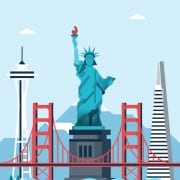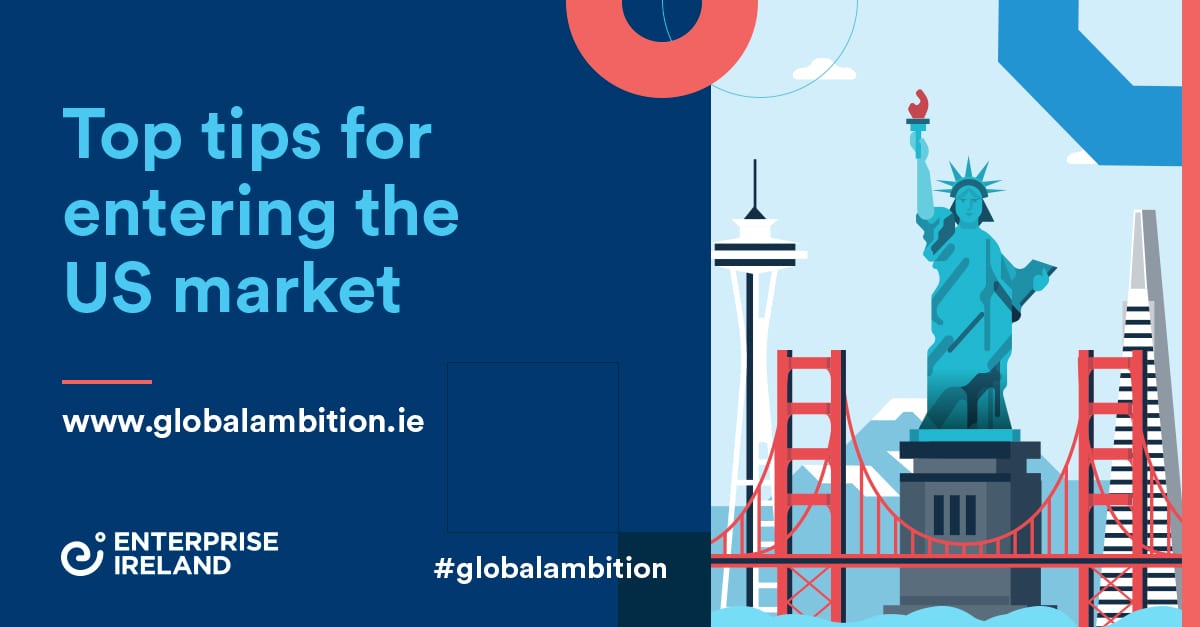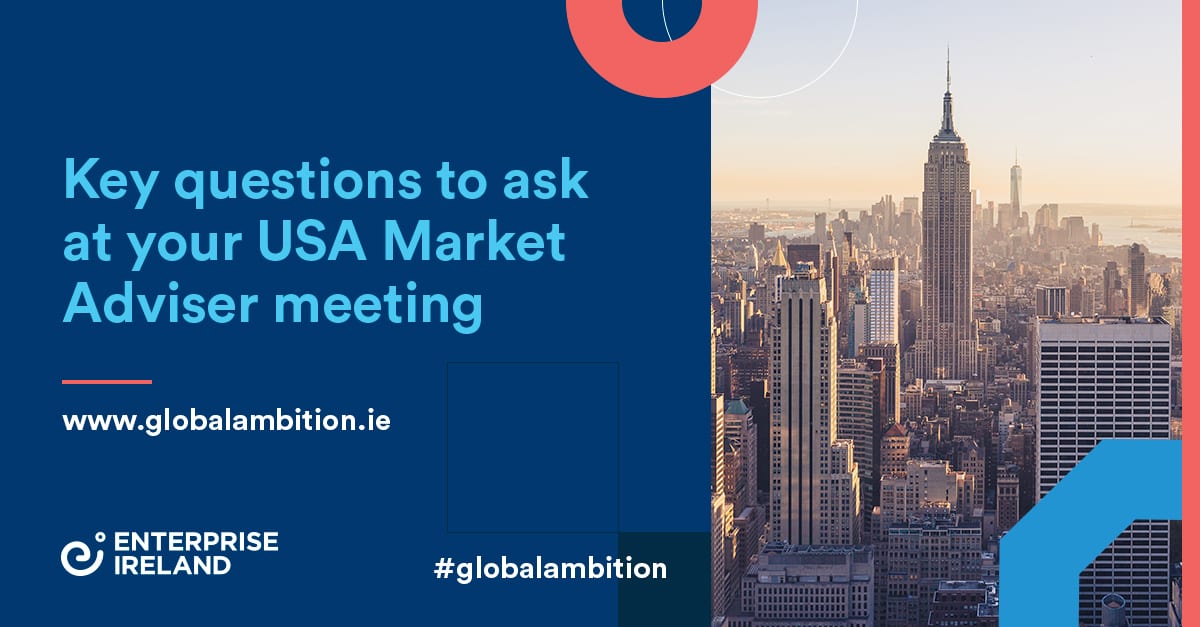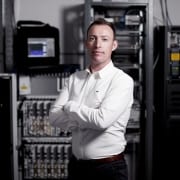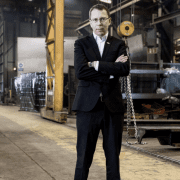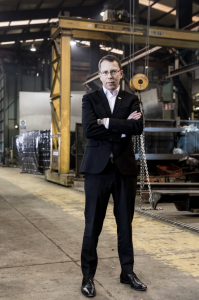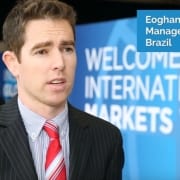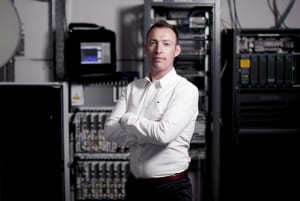
“..agility can come at a significant cost to the bottom line. Lean allowed us to optimise and standardise most key business processes.”
Niall Byrne, Director KTL
Key Takeouts:
- KTL is a leading provider of engineering services to the telecommunications and utility sectors.
- By implementing Enterprise Ireland’s Lean transformation programme, KTL has increased turnover by 30% in the last four years.
- After standardising their customer acceptance process, KTL allowed customers to onboard solutions much faster and more efficiently, which vastly improved their competitiveness.
Case Study: KTL
Enhanced competitiveness has enabled engineering services firm KTL to achieve significant gains in both turnover and profitability. Since implementing an Enterprise Ireland-supported Lean transformation programme four years ago, turnover has increased by 30% to €40 million, while 1.5% has been added to net margins.
The Naas-headquartered company currently employs 300 people and is recognised as a leading provider of engineering services to the telecommunications and utility sectors, working primarily with mobile network operators, electricity network operators, and major equipment vendors. With operations in Ireland and the UK, KTL’s reach extends to projects in Europe and Latin America.
“We came from small beginnings,” says Director, Niall Byrne. “The company was founded in 1998, as a small civil contractor working out of a house and yard in Maynooth with 15 people. We started out just as the mobile networks were beginning to take off and we were well positioned to serve that market. I’m not sure if we fully realised that at the time. Digifone was our first mobile network customer and we added Vodafone shortly after that. We then moved into power infrastructure.”
Today, KTL works with leading blue-chip clients in the UK and Ireland, including Vodafone, Three, Telefonica, EE, ESB, Northern Ireland Electricity (NIE), and SSE Renewables.
“We see ourselves as a design and build partner for our customers when they are upgrading their networks or installing new technologies,” Byrne points out. “Our focus is on delivering value to customers. We have been an innovative company since we started and have always looked for ways to improve. We began working with Enterprise Ireland in 2008, when we were starting out on our international journey. We worked with them on market research and feasibility studies at that stage.”
Plans for growth inspired focus on operational excellence
In subsequent years, Enterprise Ireland also assisted the company in the implementation of growth plans.
These growth plans led the company to seek ways of improving its competitive position. “We stood back and took a look at the business and at our competitiveness and capability,” Byrne adds. “With the support of Enterprise Ireland, we embarked on a LEAN transformation programme in 2014. We had always tried to be an agile company. We have to be, because we work in a very fast-moving sector. But that agility can come at a significant cost to the bottom line. Lean allowed us to optimise and standardise most key business processes.”
The best example of the benefits of the Lean programme is the customer acceptance process, according to Byrne. “On the face of it, it’s different for every customer and project. It’s a highly complex, 100+ page document for each individual site, of which there are thousands in a mobile network. Anyone who has experience of it will tell you how challenging and time-consuming the whole process is. But when we looked at it and peeled the skin off, we saw how much of it could be standardised. We figured out an innovative approach to it and we also developed a software tool, Infratrack, to do it.”
That sped up the process greatly for KTL and allowed customers to onboard solutions much faster and more efficiently. Other benefits of the Lean transformation programme included a significant reduction in site visits, a 14.7% reduction in expenses through the introduction of a fleet management solution, a 13% reduction in employee turnover, and a 35% reduction in lead time in various processes within the business, including invoicing and purchase order generation.
“It improved our competitiveness, and that enabled us to acquire additional customers and improve our profitability at the same time,” says Byrne.
For the future, he believes that ongoing growth in the mobile market, with 5G coming down the line and continued network renewal by the power companies, will deliver opportunities for the company. “We will continue to develop our fantastic team,” he adds. “We are a service company and our competitive position relies on a talented, experienced, loyal pool of people. We are nothing without our fantastic team. Enterprise Ireland has also been a key part of the team, which enabled us to internationalise and expand the business.”
Learn more about Enterprise Ireland’s Competitiveness supports here.

